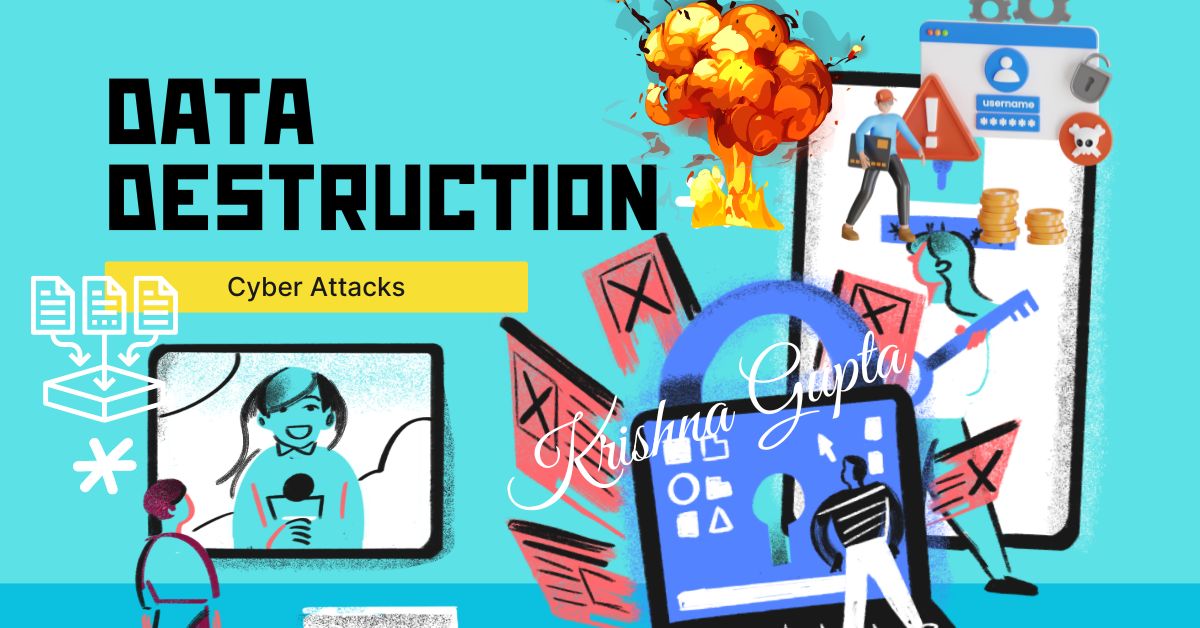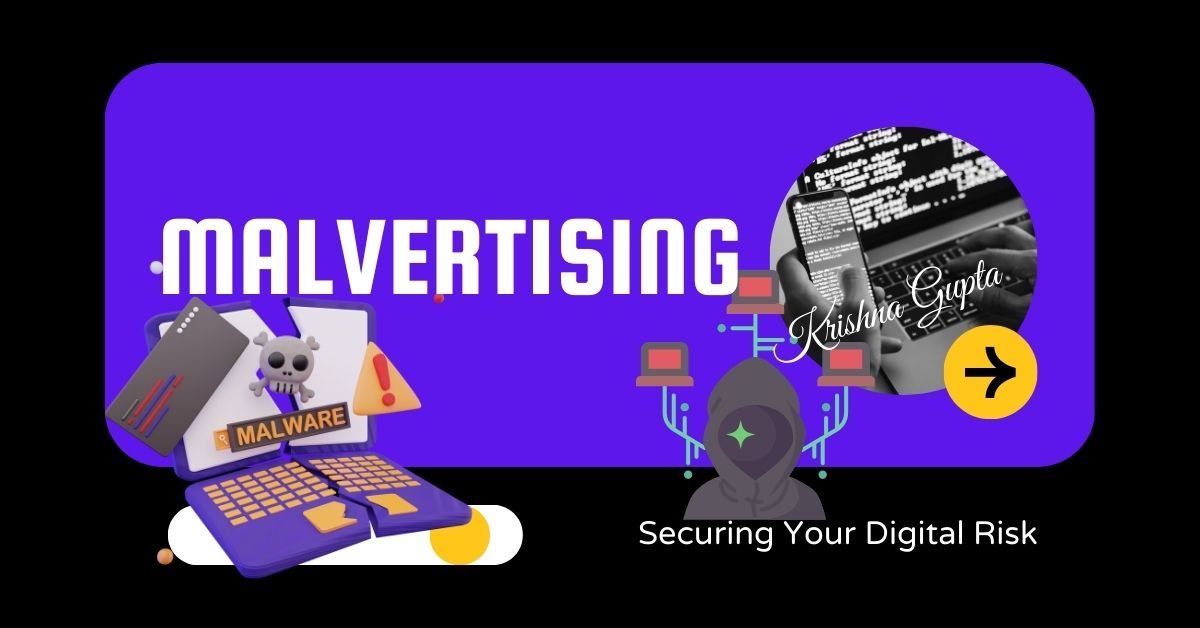Camfecting: The Growing Threat to Privacy and Business Security
Camfecting is the unauthorised access and control of a victim’s webcam or camera-enabled device by cybercriminals. Through the use of malicious software, hackers can activate a device’s camera without the user’s knowledge, allowing them to spy on individuals or record confidential business meetings. This form of attack is especially concerning as it is often difficult to detect and can be used for a range of nefarious purposes, including:




